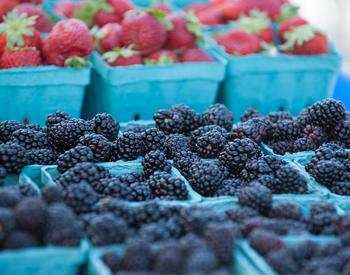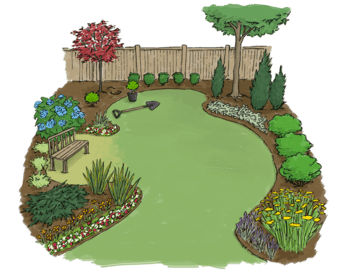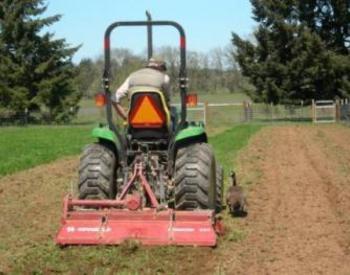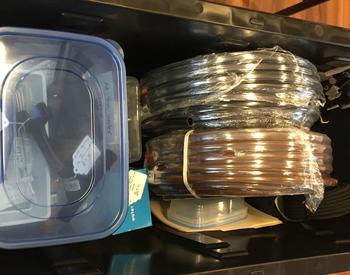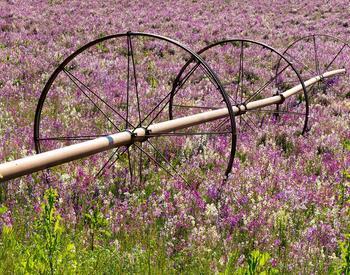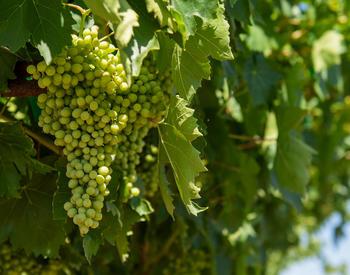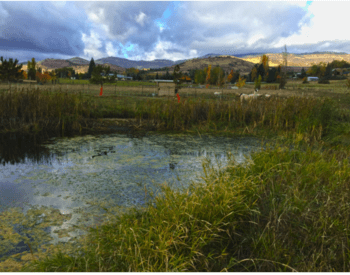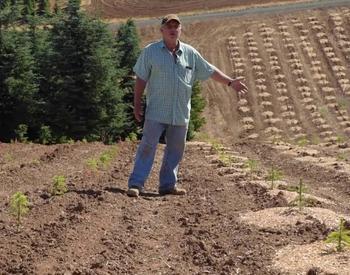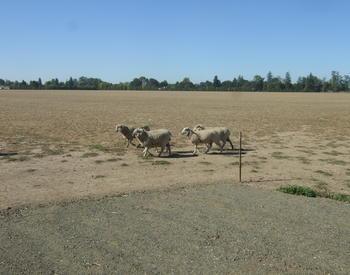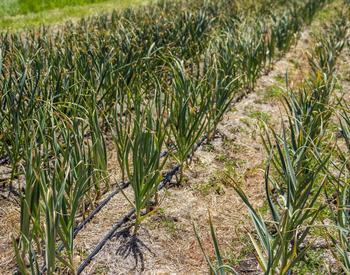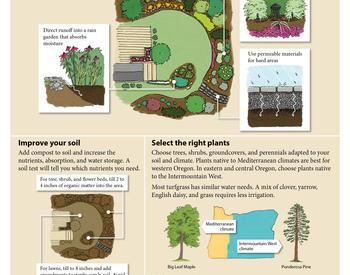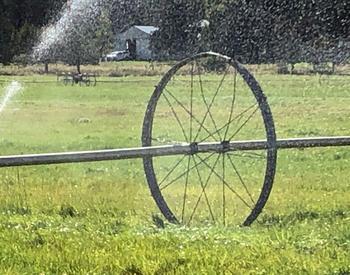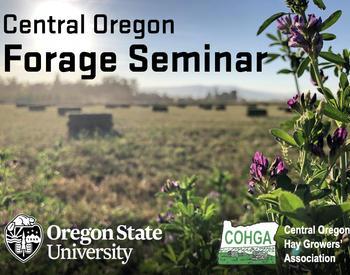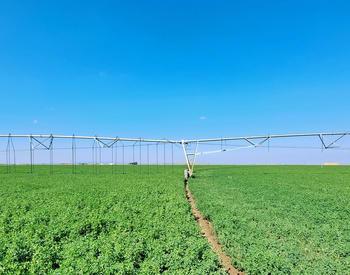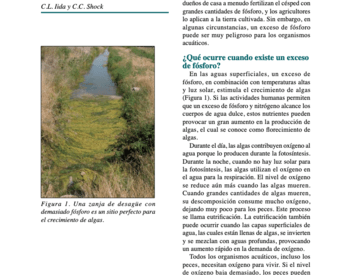There are several ways to make decisions about irrigation scheduling, or when and how much to irrigate. The irrigation scheduling method that you choose will depend on how much time and other resources you have available to invest and the goal that you want to accomplish with your irrigation program. However, as water resources become more limited, there is a larger need for improving irrigation water management.
Broadly, irrigation scheduling can be based on soil conditions (like maintaining a desired level of soil moisture), weather conditions (as in using evapotranspiration), or plant conditions (scheduling based on plant water status). In general, you will need to understand the specific water needs of a crop throughout the growing season in order to schedule irrigation. You can use sensors to monitor different variables and obtain data to determine when and how much to irrigate in order to meet the plant’s water needs.
Soil-based irrigation scheduling
Factors such as soil texture/type and soil water holding capacity can impact a plant’s ability to take up water from the soil. In general, there are two different categories of sensors you can use to determine soil moisture: soil water tension sensors and volumetric water content sensors.
Soil water tension is an indicator of the plant roots’ efforts to uptake water. Granular matrix sensors (a common trade name is Watermark sensors) and tensiometers are two common and relatively easy to use tools that provide real-time information about soil water tension. Both types of sensors are inserted into the soil and remain in the same place to collect data throughout the growing season. The links provided above include more information about irrigation scheduling (including data about plant water needs) based on each of these technologies. See also Irrigation Monitoring Using Soil Water Tension, EM 8900.
Volumetric water content sensors can also be used to determine how much water (as percentage) is in the soil. Examples of volumetric water content soils include neutron probes, capacitance sensors, and time-domain reflectometry sensors. You can use data from any of these sensors to determine when to irrigate. See the University of Minnesota Extension article Soil moisture sensors for irrigation scheduling for more information about the pros and cons of different soil moisture sensors.
Weather-based irrigation scheduling
Although soil water status is an important indicator of irrigation needs, this measurement alone does not provide complete information about plant irrigation requirements. Atmospheric factors also play a large role in the level of plant water use and can provide indications about plant irrigation needs. Farmers can calculate the amount of water that a plant loses to the atmosphere, or the crop evapotranspiration (ETc), to estimate the amount of water that needs to be supplied through irrigation in order to meet the plant’s water needs. Irrigation Management Basics describes the general process and considerations for irrigation scheduling using the weather-based method as an example.
Evapotranspiration-based irrigation scheduling or water-balance method from the University of Minnesota Extension provides a step-by-step process for scheduling irrigation and examples of calculating plant irrigation needs based on ETc. Because this publication was created for farmers in Minnesota, the links for ET and crop coefficient data will not apply for farmers on the Oregon Coast. If you would like to try your hand at using ETc calculations for scheduling irrigation on your farm, you may find the following resources helpful:
- Weather station data
- AgriMet provides weather station data including evapotranspiration (ET) data. You will need to choose the weather station that is closest to your location. Note that ET must be converted to ETc to be able to accurately schedule crop irrigation needs. Use the process in the example linked above to calculate ETc based on ET.
- Western Regional Climate Center provides weather station data including ET data. Choose the weather station that is closest to your location or in a location with similar climatic conditions to your farm.
- Crop coefficients (Kc) for many crops commonly grown in the Pacific Northwest. (Note that these crop coefficients are for the Columbia River Basin rather than the Oregon Coast.) There is currently no comprehensive list of crop coefficients for the Oregon Coastal region; the values in these charts can provide an approximation for estimating crop use needs).
Plant-based irrigation scheduling
Plant water status measurements are the most sensitive type of water monitoring measurements. Stem water potential measurements are the form of plant-based water data measurements that have the most scientific evidence for accuracy. Farmers can collect this data on their farms using a pressure chamber. OSU Extension Service videos on Scheduling Irrigation with a Pressure Chamber (Part 1 and Part 2) go into detail about how to collect plant water status data using this tool.
Unfortunately, collecting SWP measurements can be costly and time-consuming for small farmers. Some automated plant water status measurement tools are on the market and others are being developed, though there are varying degrees of data to support their accuracy for irrigation scheduling purposes.
Increasing irrigation efficiency is one way that farmers who are able to irrigate can steward their water resources effectively in the face of increasingly scarce and unpredictable water resources. The resources in this article provide farmers a foundation of information about science-based irrigation management practices. If you would like help with irrigation decisions on your farm, don’t hesitate to reach out to your county’s Small Farms coordinator or Extension office.
Trade-name products and services are mentioned as illustrations only. This does not mean that the Oregon State University Extension Service either endorses these products and services or intends to discriminate against products and services not mentioned.
Thanks to Peer Reviewer María Zamora Re for her contributions to this article.
